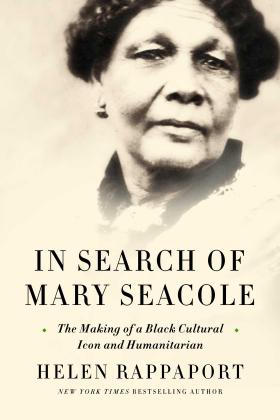Doubts Over Indigenous Identity in Academia Spark ‘Pretendian’ ClaimsPosted in Articles, Campus Life, Canada, Media Archive, Native Americans/First Nation, Passing on 2022-10-31 21:09Z by Steven |
Doubts Over Indigenous Identity in Academia Spark ‘Pretendian’ Claims
The New York Times
2022-10-15

Some Canadian universities now require additional proof to back up Indigenous heritage, replacing self-declaration policies.
Since announcing discoveries of evidence last year that hundreds of Indigenous children were likely buried in unmarked graves at church-run residential school sites, Indigenous groups in Canada have captured more national attention.
So, too, has a growing group of Canadian public figures, mostly within academia, who have been accused of falsely claiming to be Indigenous.
Earlier this week, an investigation published by Canada’s national broadcaster, the C.B.C., found that the claims to Cree ancestry of a prominent scholar and former judge, Mary Ellen Turpel-Lafond, did not align with historical records and interviews…
Read the entire article here.




